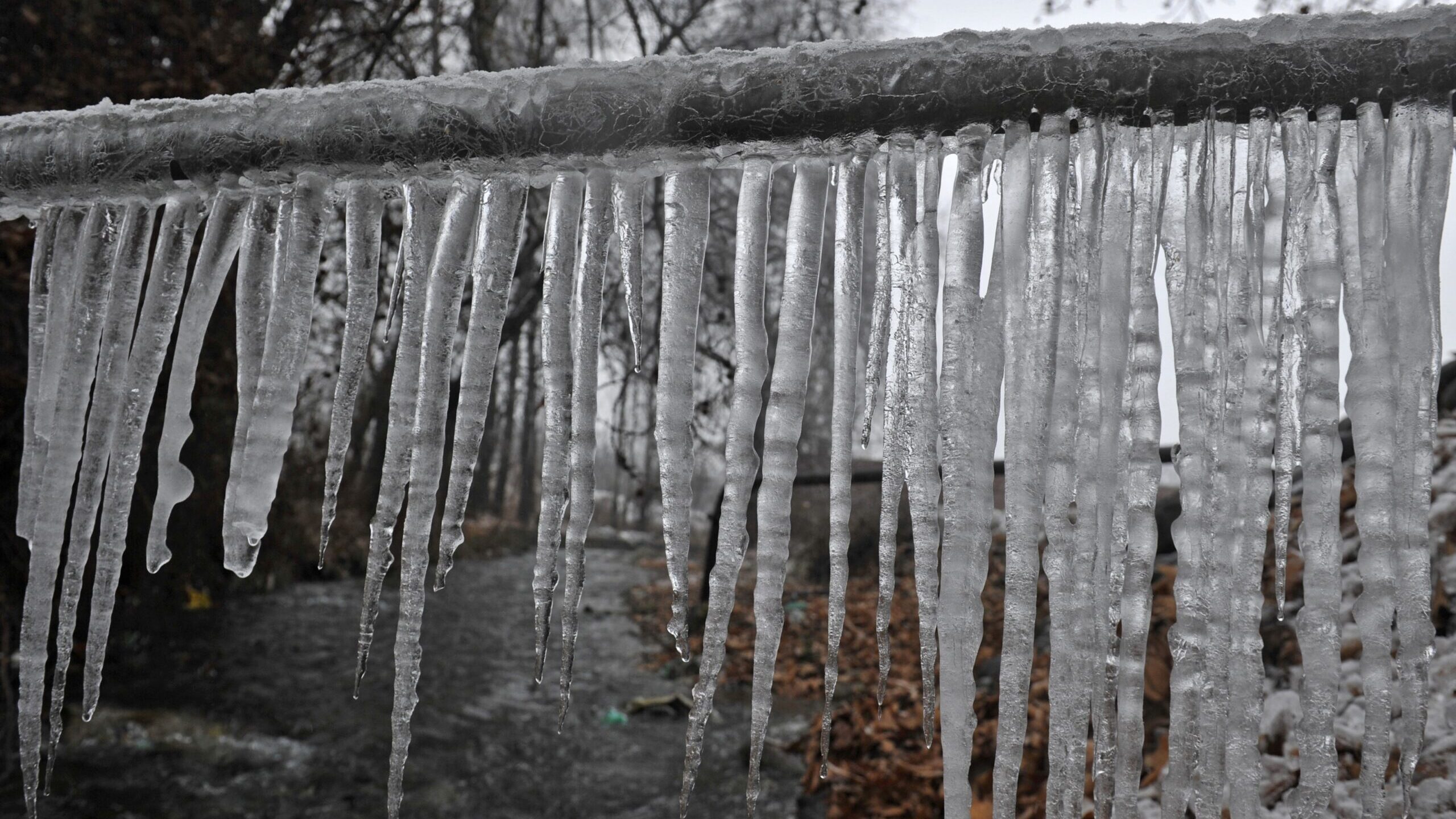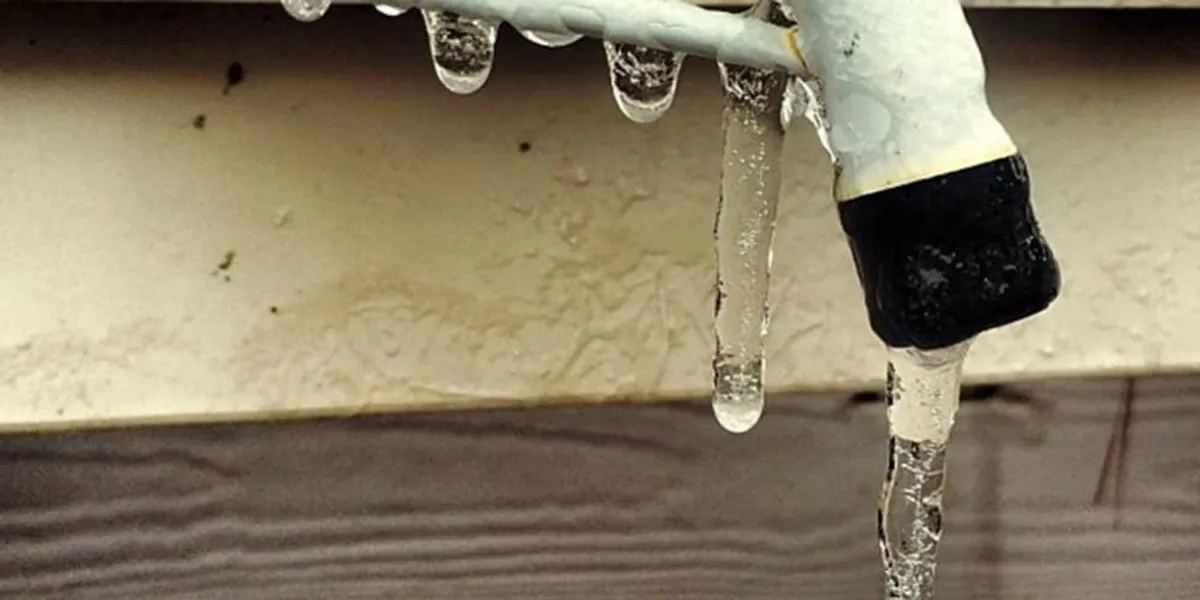How to Defend Plumbing System from Cold Weather: Critical Strategies
How to Defend Plumbing System from Cold Weather: Critical Strategies
Blog Article
The content directly below pertaining to How to Prevent Your Pipes From Freezing is amazingly motivating. Check it out for yourself and see what you think about it.

Cold weather can ruin your plumbing, particularly by freezing pipelines. Here's just how to avoid it from happening and what to do if it does.
Intro
As temperature levels drop, the threat of frozen pipelines increases, potentially resulting in expensive fixings and water damage. Recognizing how to prevent frozen pipelines is critical for homeowners in cold climates.
Comprehending Icy Pipelines
What triggers pipelines to freeze?
Pipes freeze when exposed to temperatures below 32 ° F (0 ° C) for prolonged durations. As water inside the pipelines ices up, it broadens, taxing the pipeline wall surfaces and possibly triggering them to burst.
Risks and damages
Icy pipes can lead to water supply disruptions, residential or commercial property damage, and pricey repair services. Burst pipelines can flood homes and cause extensive structural damages.
Indications of Frozen Pipeline
Recognizing frozen pipelines early can avoid them from bursting.
Exactly how to identify frozen pipelines
Search for lowered water flow from taps, unusual odors or sounds from pipes, and noticeable frost on revealed pipes.
Prevention Tips
Protecting vulnerable pipes
Cover pipelines in insulation sleeves or use warm tape to protect them from freezing temperatures. Concentrate on pipelines in unheated or external locations of the home.
Home heating techniques
Keep interior areas adequately heated, especially areas with plumbing. Open cabinet doors to permit cozy air to flow around pipelines under sinks.
Securing Outside Plumbing
Garden hose pipes and outdoor faucets
Disconnect and drain pipes yard hose pipes before winter. Set up frost-proof faucets or cover exterior taps with protected caps.
What to Do If Your Pipelines Freeze
Immediate activities to take
If you believe frozen pipelines, keep taps available to ease stress as the ice thaws. Make use of a hairdryer or towels taken in warm water to thaw pipes slowly.
Long-Term Solutions
Structural adjustments
Consider rerouting pipelines far from exterior walls or unheated locations. Include extra insulation to attics, cellars, and crawl spaces.
Upgrading insulation
Invest in top notch insulation for pipelines, attic rooms, and walls. Proper insulation helps keep constant temperatures and lowers the threat of frozen pipes.
Conclusion
Preventing icy pipes calls for positive steps and fast feedbacks. By understanding the causes, indicators, and preventive measures, home owners can protect their plumbing throughout winter.
5 Ways to Prevent Frozen Pipes
Drain Outdoor Faucets and Disconnect Hoses
First, close the shut-off valve that controls the flow of water in the pipe to your outdoor faucet. Then, head outside to disconnect and drain your hose and open the outdoor faucet to allow the water to completely drain out of the line. Turn off the faucet when done. Finally, head back to the shut-off valve and drain the remaining water inside the pipe into a bucket or container. Additionally, if you have a home irrigation system, you should consider hiring an expert to clear the system of water each year.
Insulate Pipes
One of the best and most cost-effective methods for preventing frozen water pipes is to wrap your pipes with insulation. This is especially important for areas in your home that aren’t exposed to heat, such as an attic. We suggest using foam sleeves, which can typically be found at your local hardware store.
Keep Heat Running at 65
Your pipes are located inside your walls, and the temperature there is much colder than the rest of the house. To prevent your pipes from freezing, The Insurance Information Institute suggests that you keep your home heated to at least 65 degrees, even when traveling. You may want to invest in smart devices that can keep an eye on the temperature in your home while you’re away.
Leave Water Dripping
Moving water — even a small trickle — can prevent ice from forming inside your pipes. When freezing temps are imminent, start a drip of water from all faucets that serve exposed pipes. Leaving a few faucets running will also help relieve pressure inside the pipes and help prevent a rupture if the water inside freezes.
Open Cupboard Doors
Warm your kitchen and bathroom pipes by opening cupboards and vanities. You should also leave your interior doors ajar to help warm air circulate evenly throughout your home.

I recently found that entry on How to prepare your home plumbing for winter weather when doing a lookup on the search engines. Enjoyed our review? Please share it. Help others check it out. We cherish reading our article about How to Prevent Your Pipes From Freezing.
Call Today Report this page